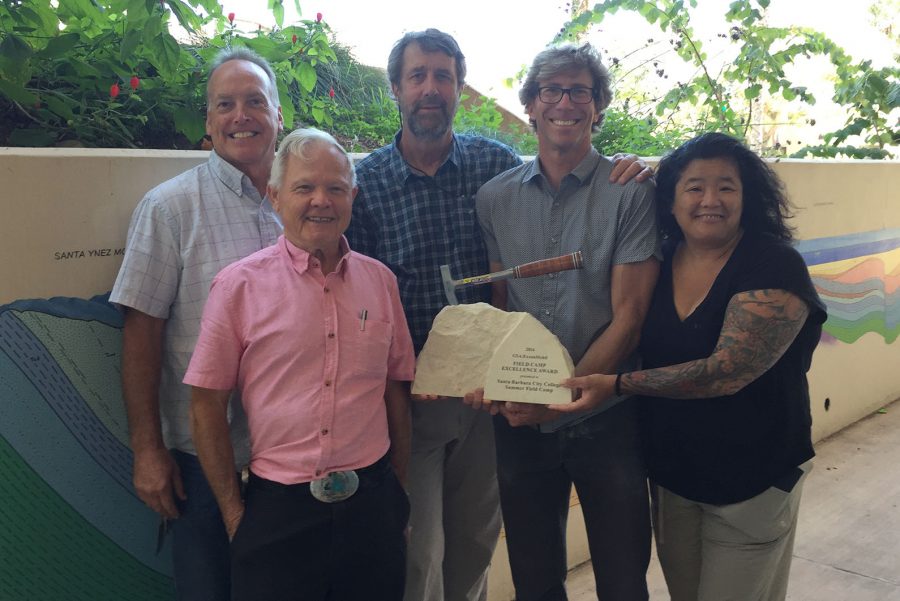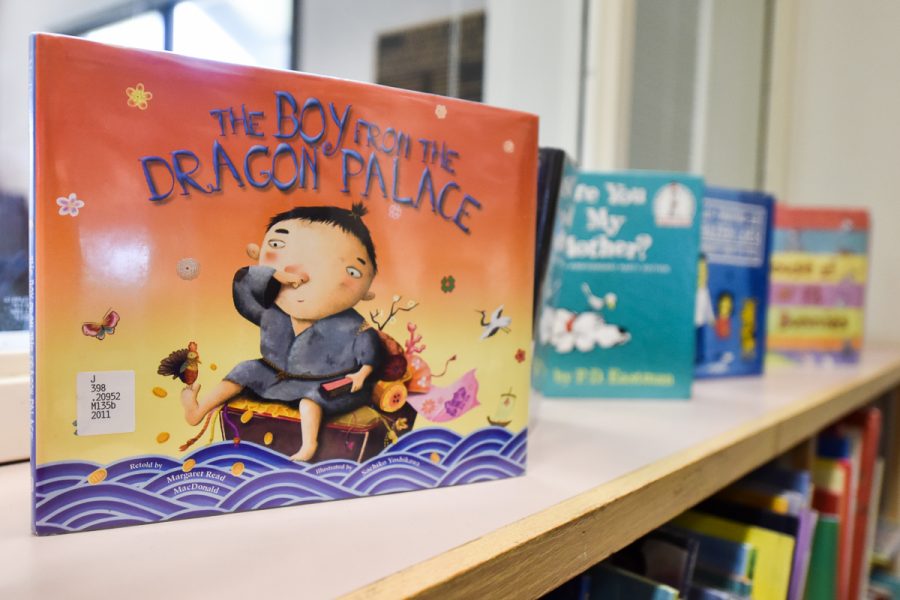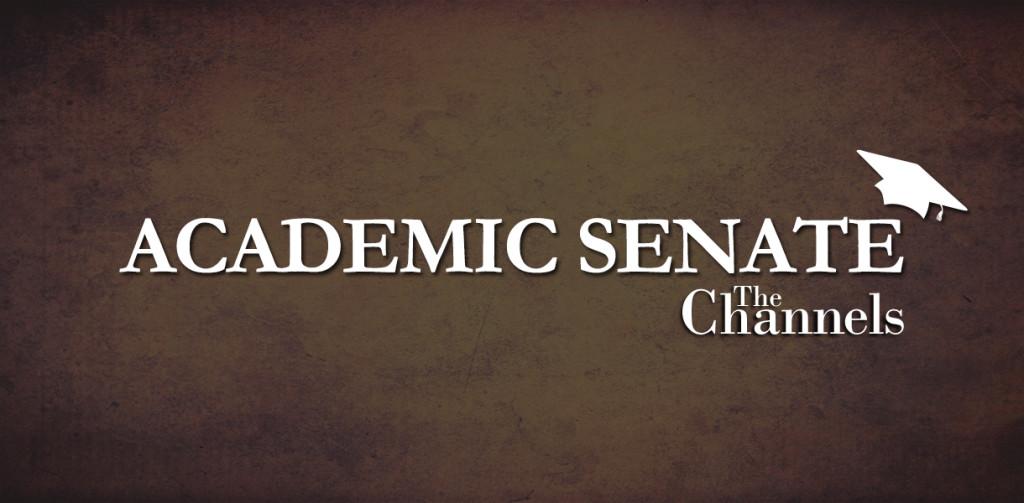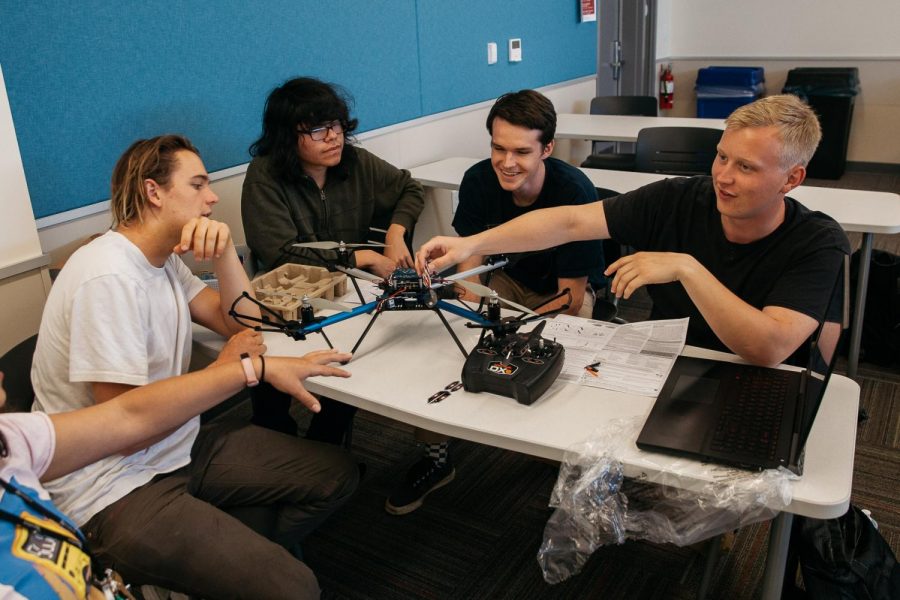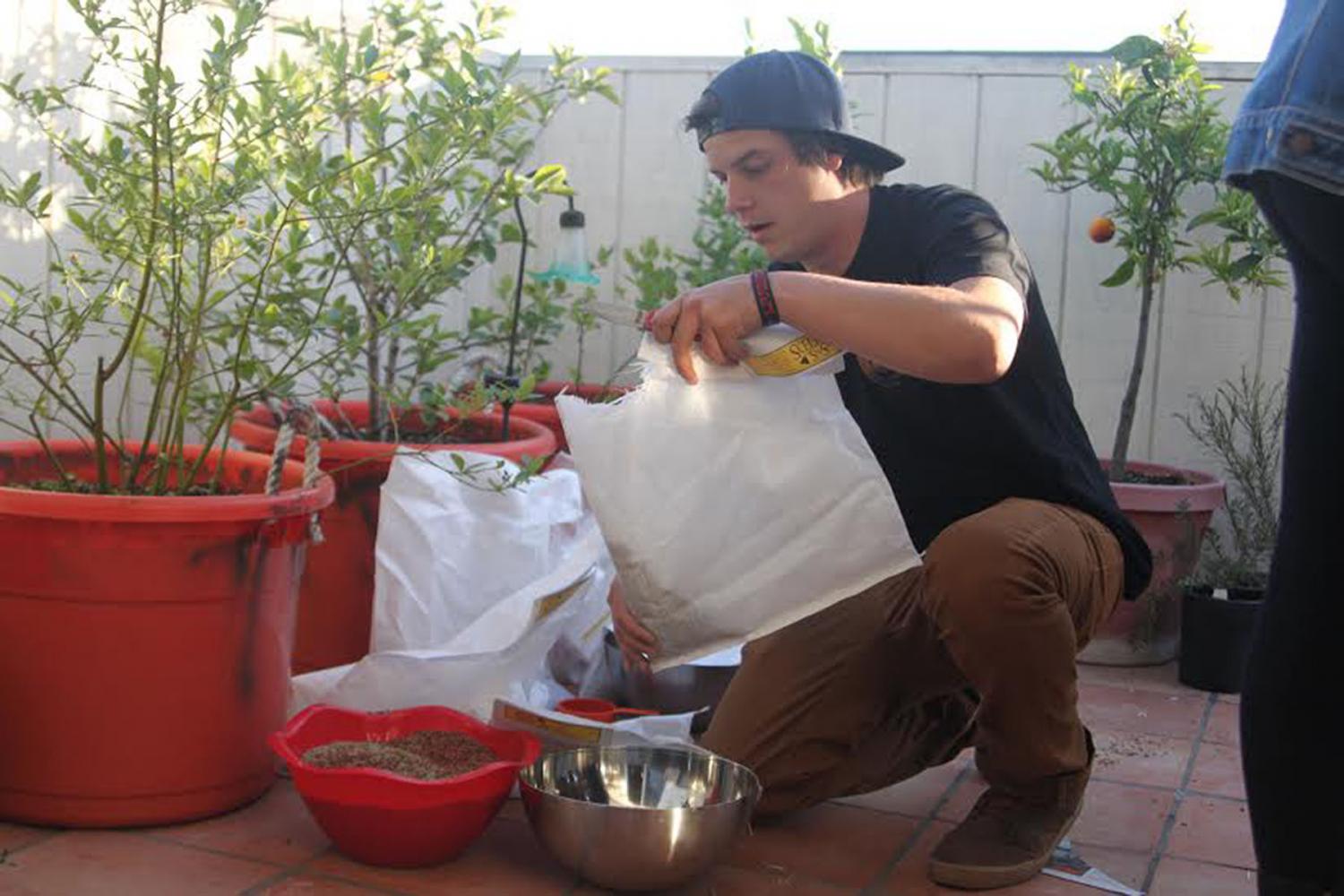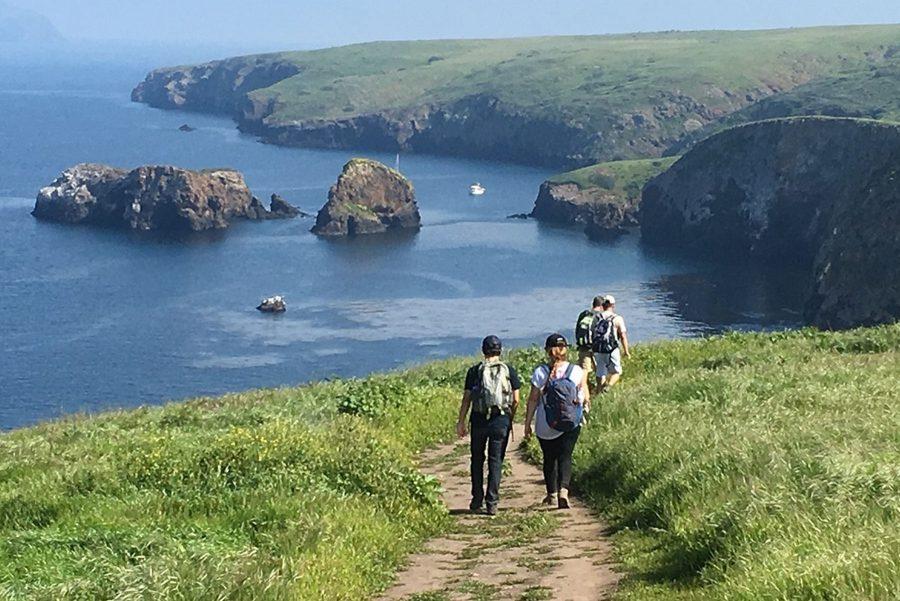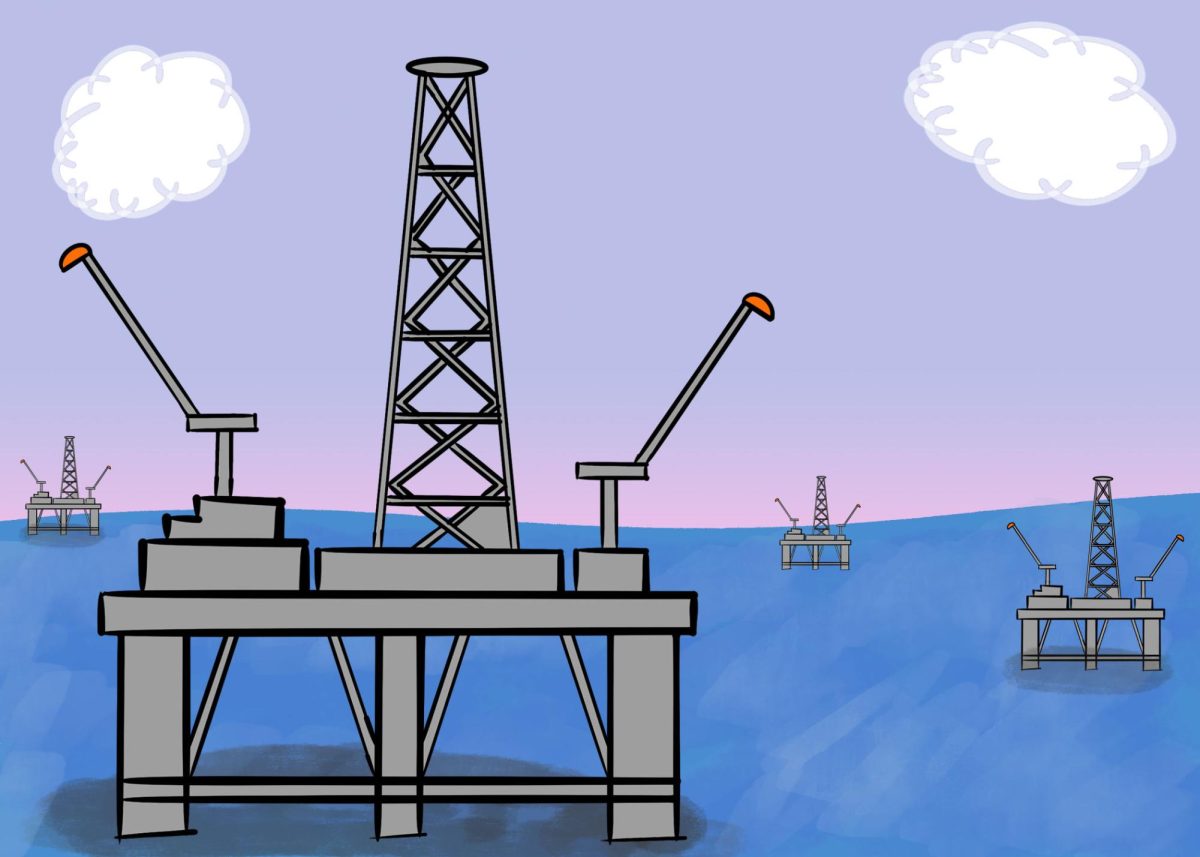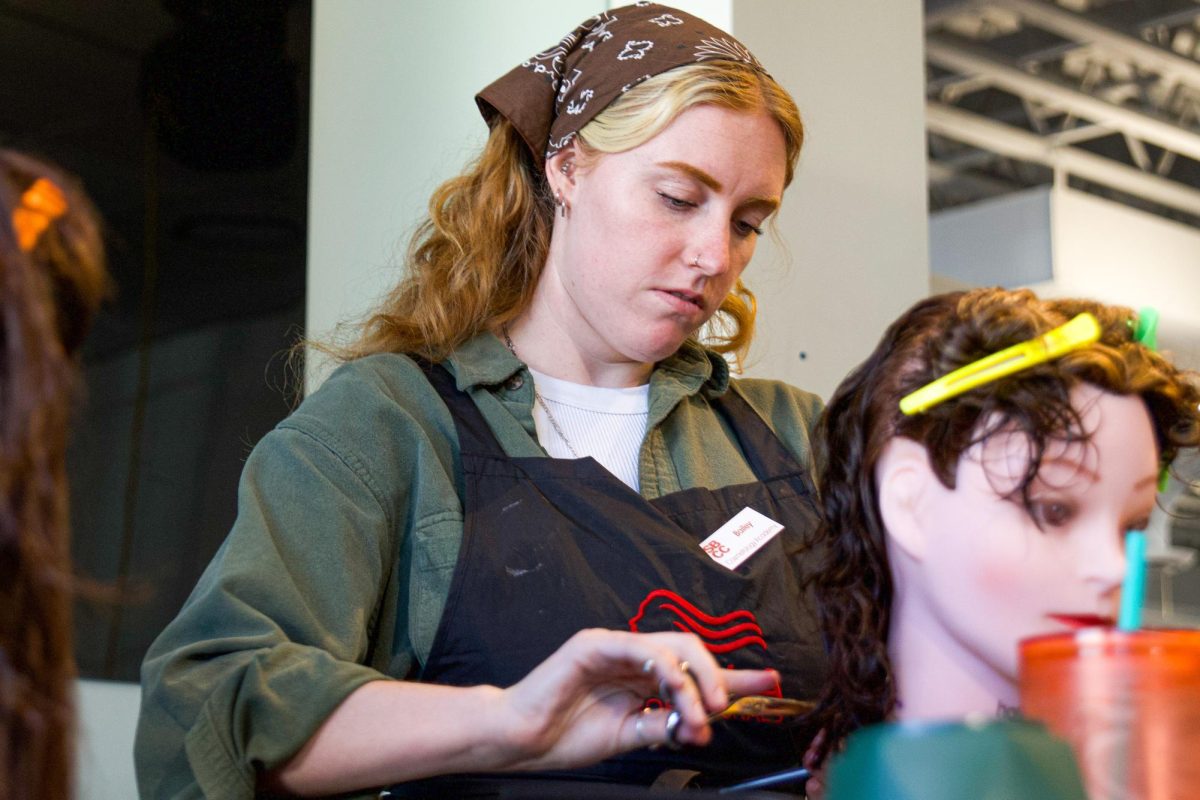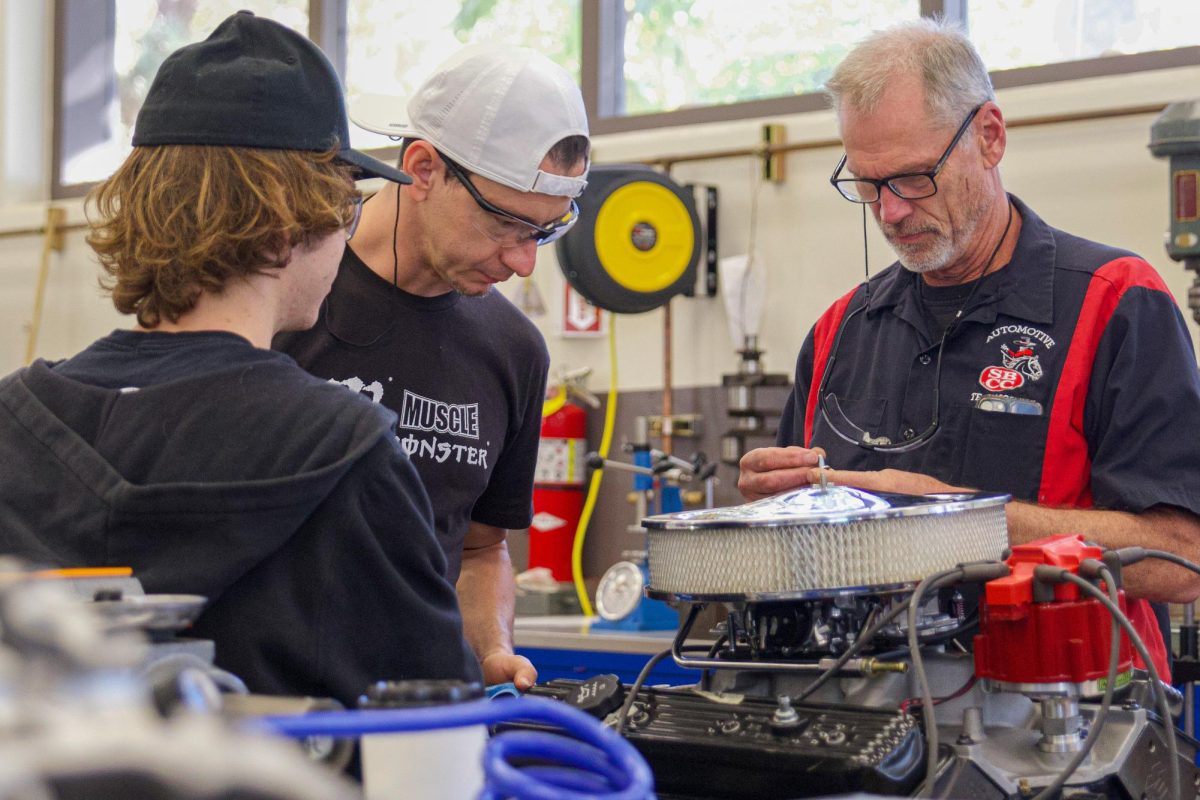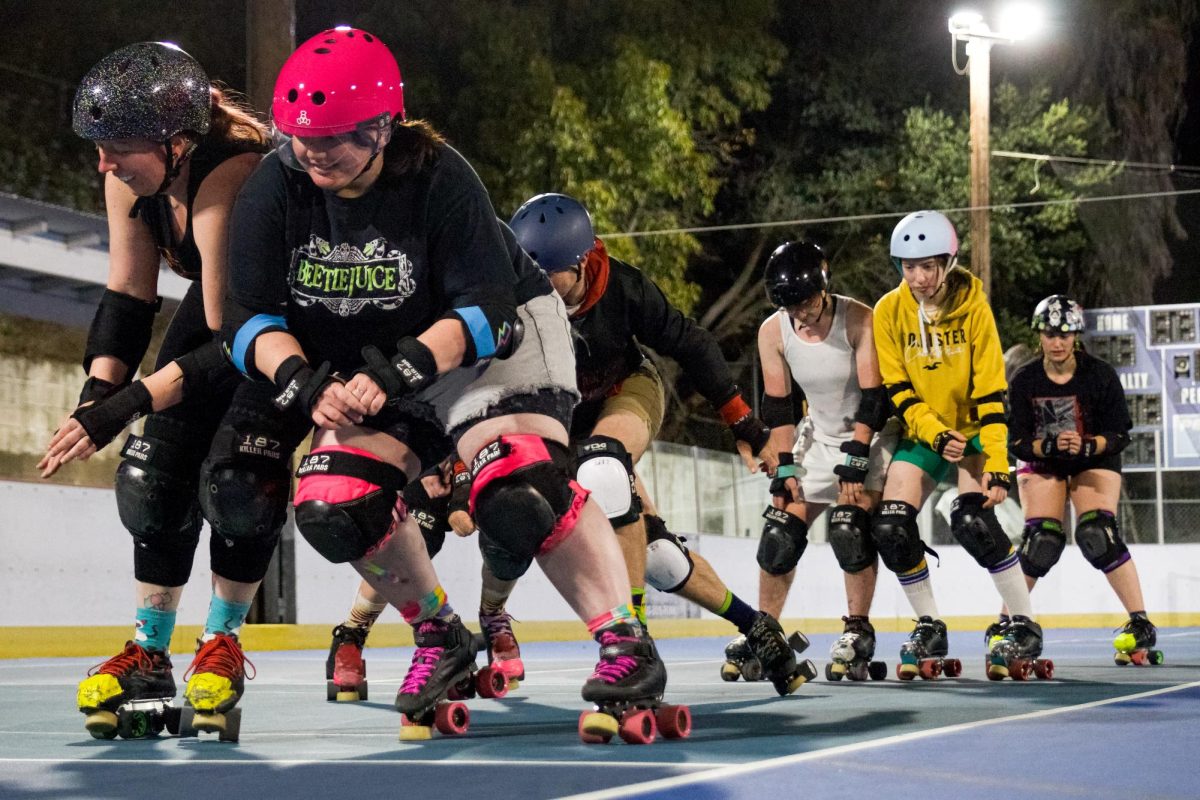A $10,000 excellence award was granted to City College’s rigorous geology field course where students get a hands-on experience across California.
“I was swearing up and down like I won the lottery,” said Lab Technician Eiko Kitao, who helped apply for the prize.
After three years of re-applications, the Geological Society of America named City College’s “Camp Condor” the recipient of the 2016 ExxonMobil Field Camp Excellence Award for the program’s safety, diversity in students, and coverage of technical aspects. The field course gives students field experience, which lays the foundation for future courses and job opportunities.
Geology Professor Jeff Meyer, who leads the program, was quick to give credit to its founder Dr. Robert Gray, who spent 47 years as an instructor in the earth and planetary sciences department.
But the trip has always been more than just nice hikes. Meyer, who also instructs on the field course, avoids using the word ‘field trip’ when describing the course.
“You have fun, but it’s really hard.” he said. “It’s one of the hardest courses here [at City College].”
The six-week course takes students and faculty around California with boots, picks, and pencils, checking out rock and geographic formations that tell the tale of earth’s history.
The course begins at familiar Santa Barbara locations like San Marcos Pass and Leadbetter Beach. Then the group gets on a bus to the rocky White-Inyo Mountains by Bishop to set up camp, followed by more outdoor living at the shrub-blanketed Cuyama Badlands in the Ojai area.
“It’s very luxurious camping,” said Geology Club President Layia Asakawa-Ekeland, “They spoil us a little bit.”
Kitao and Lab Technician Kevin McNichol arrange meals for the group during the trips. They provide everything from hot chocolate at night and coffee at the break of dawn to sandwich ingredients lined up for lunch.
Students work together in small groups that Meyer says is valuable in the professional world. “A lot of people learn a lot about teamwork,” he said. “You’re working long hours… everybody comes out appreciating.”
Students learn how to collect field data, construct geographical, topographical maps and cross-sections, construct stratigraphic columns, take proper field-notes, and use Brunton compasses.
“We have a field program that’s comparable to a 4-year university,” said Kitao. Technical foundations and language help students succeed in four-year universities too, she said.
But beyond academics, Asakawa-Ekeland explained that participants have landed internships and jobs because of the hands-on field experience from the program. It inspires her, “not from the trip itself, but seeing what you’re capable of after trips.”
Asakawa-Ekeland noted, however, that the program has been using a lot of the same equipment for the past few years. Meyer plans on using the prize money to invest in field equipment along with safety measures, which could be used continuously for years to come.
Nevertheless, Asakawa-Ekeland will still remember the field courses as a bittersweet experience. By the end, “you’re exhausted, they give you a t-shirt, and everybody’s crying,” she said.
“But you see a lot of growth in confidence.”


